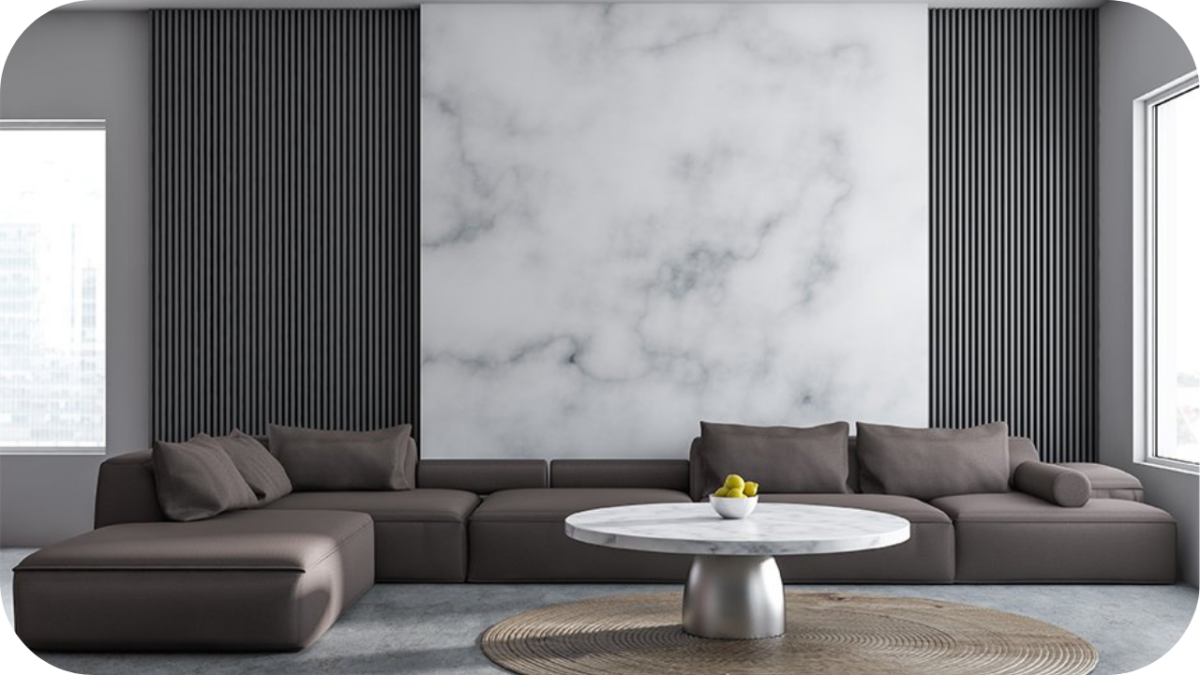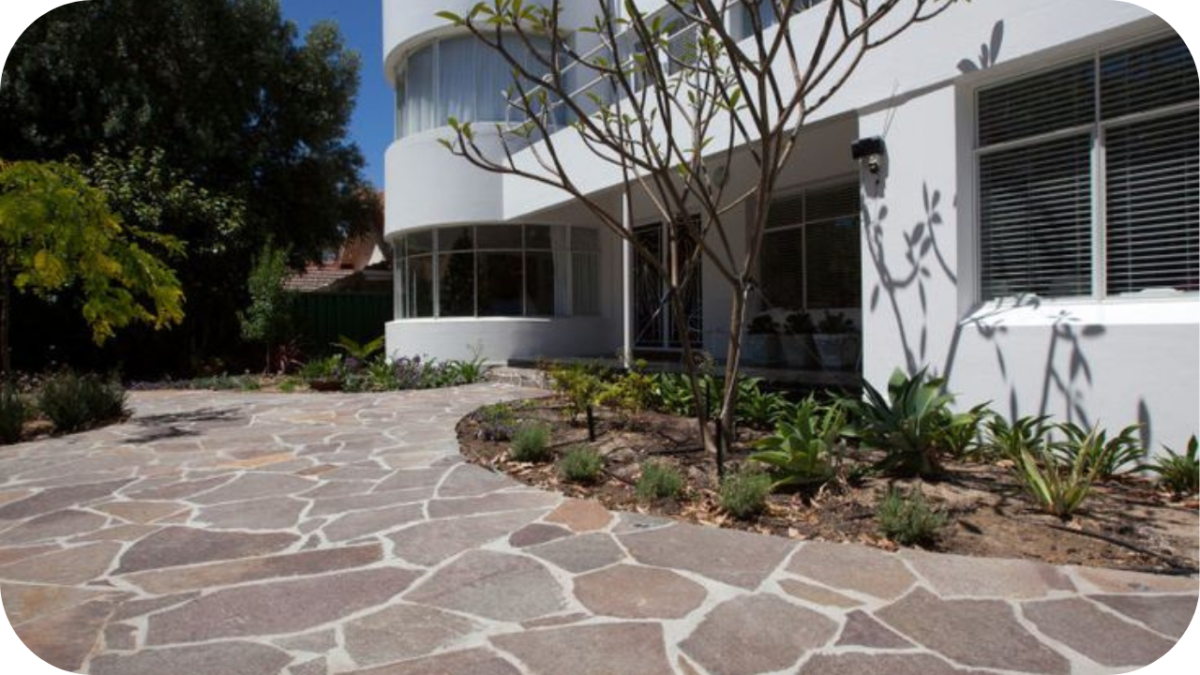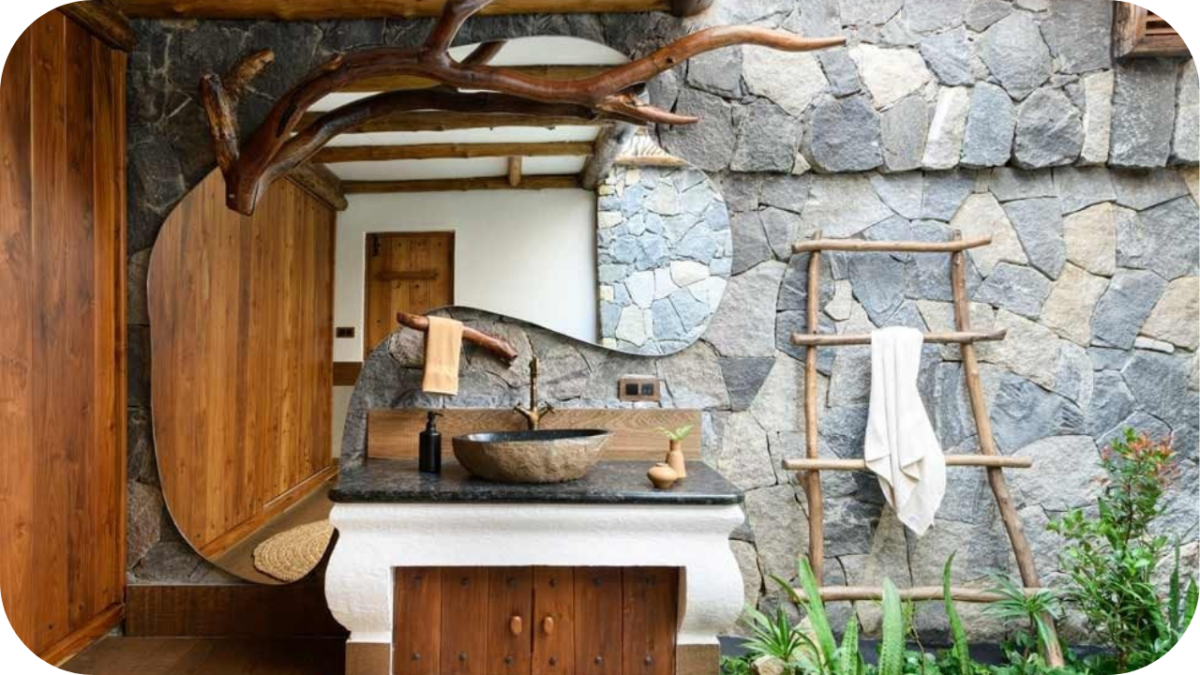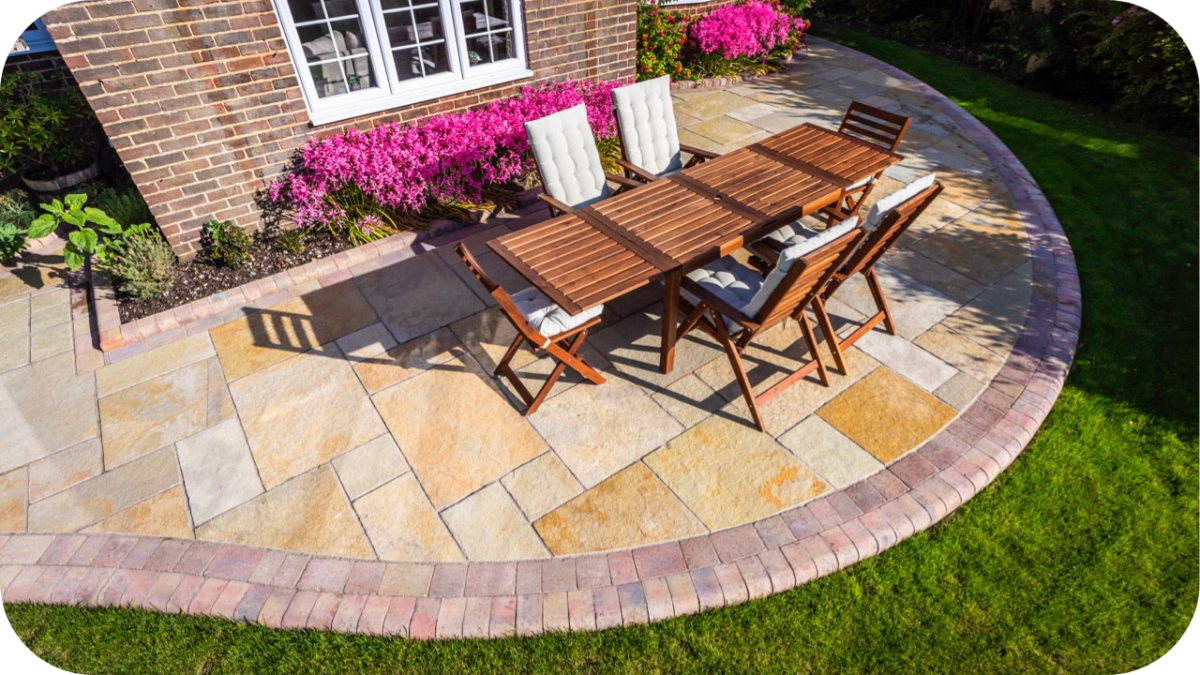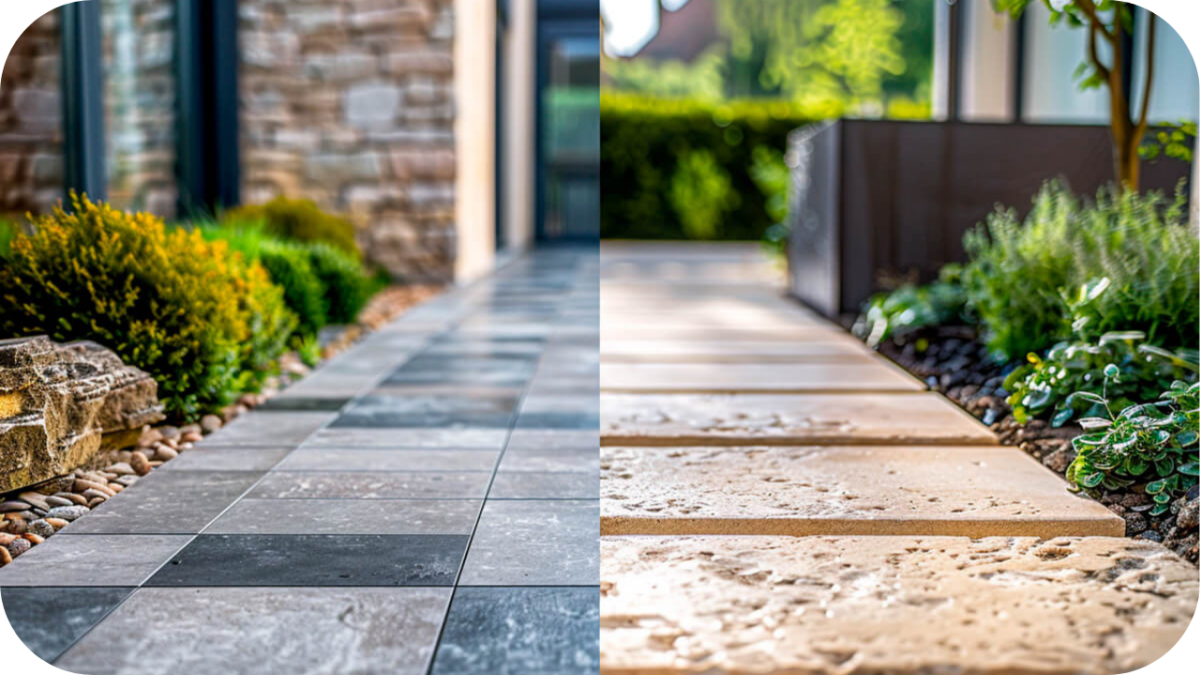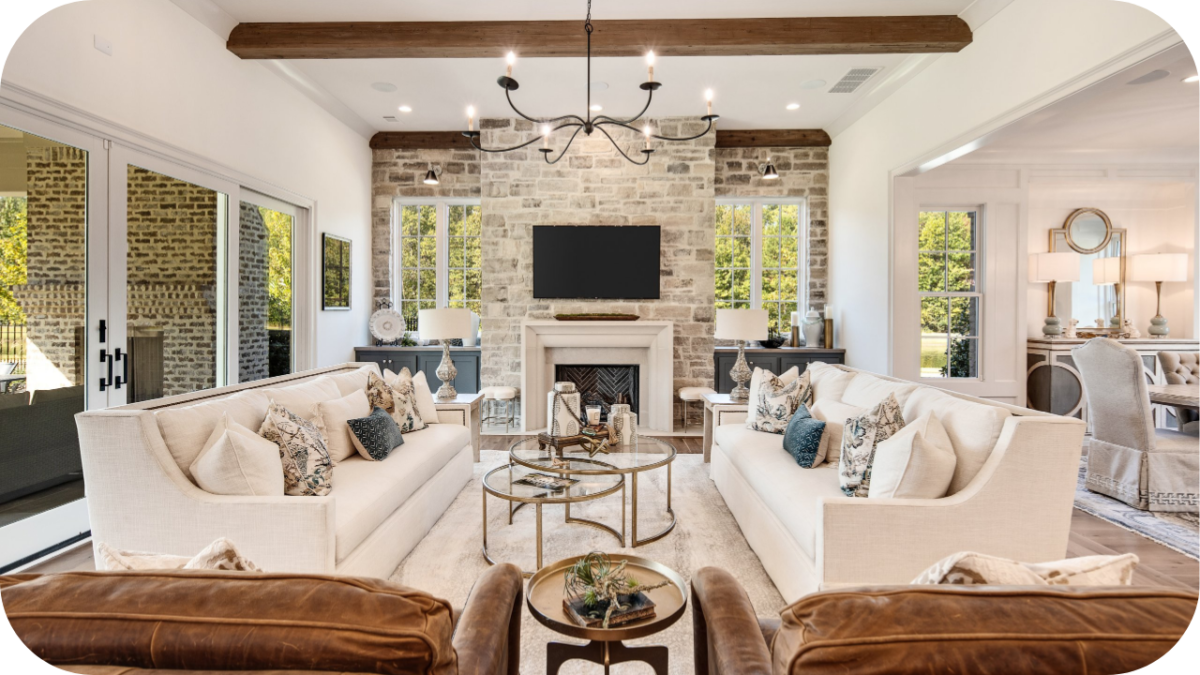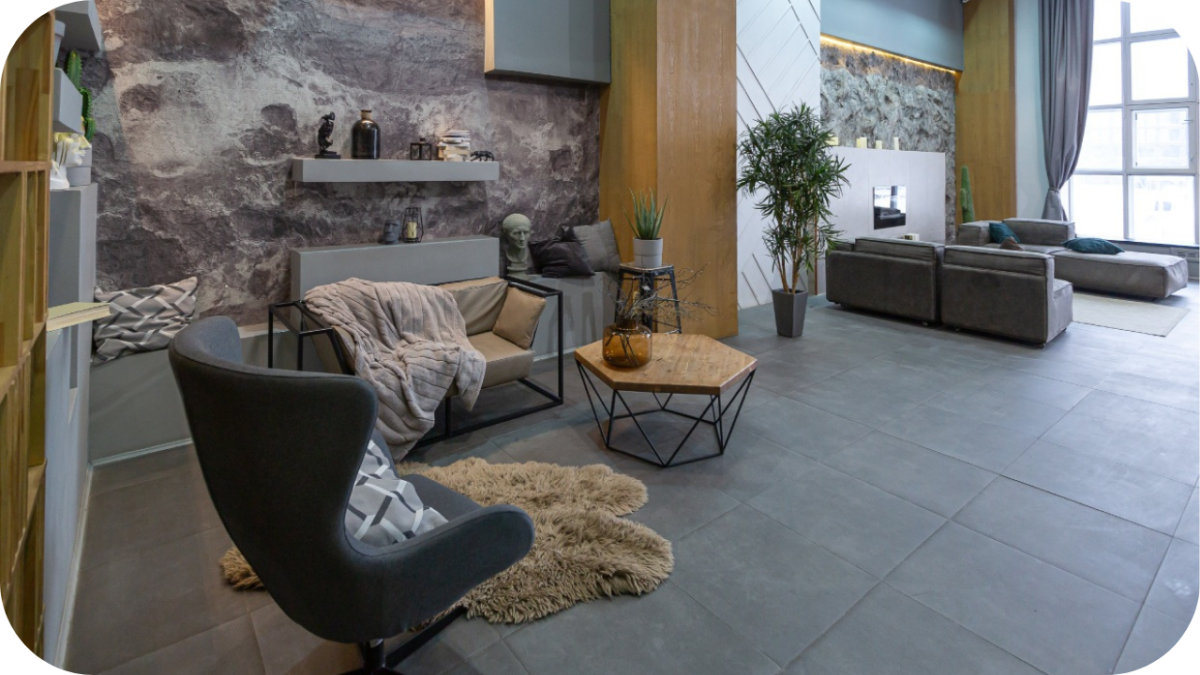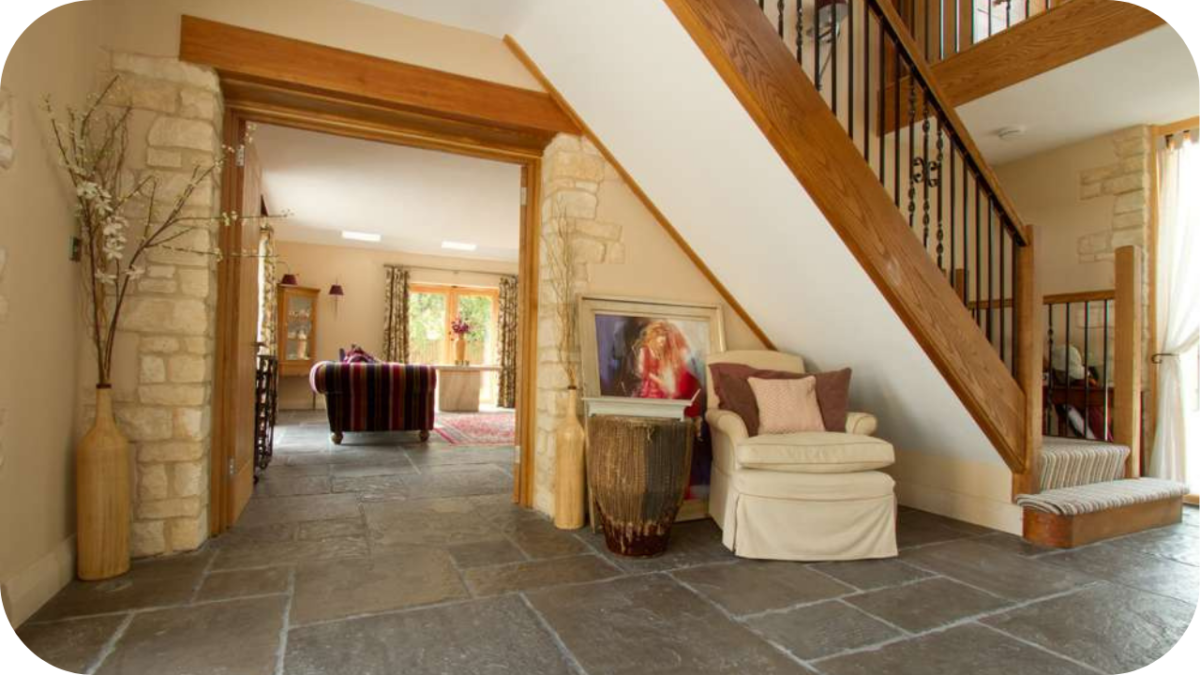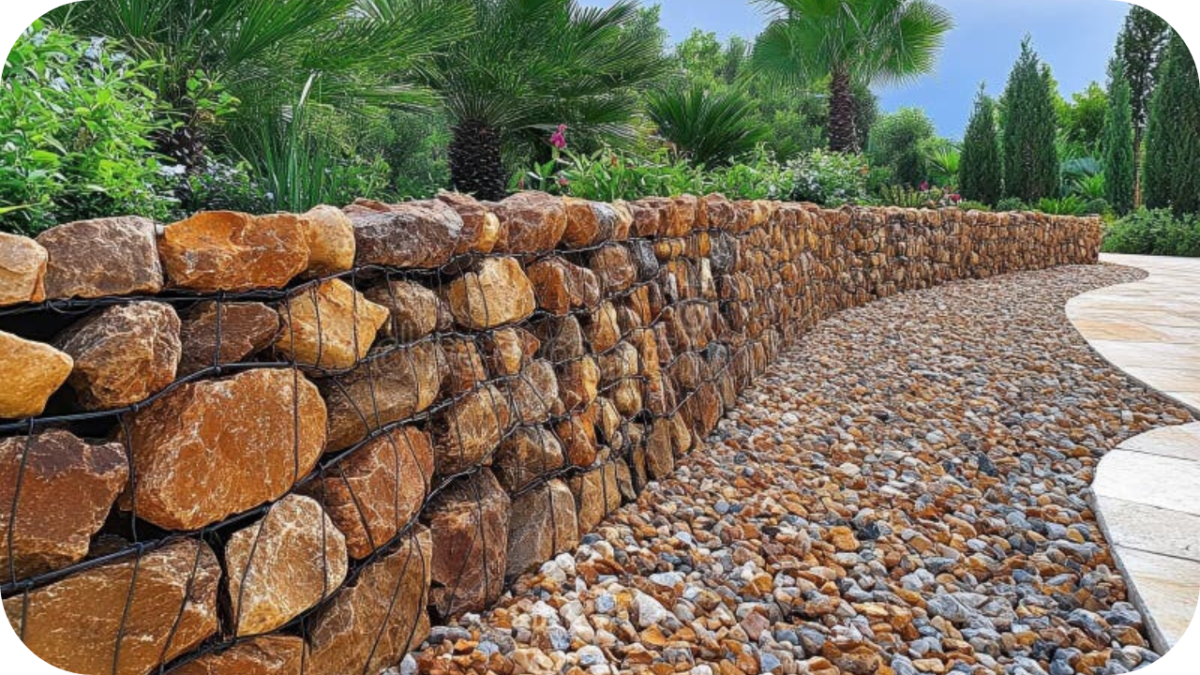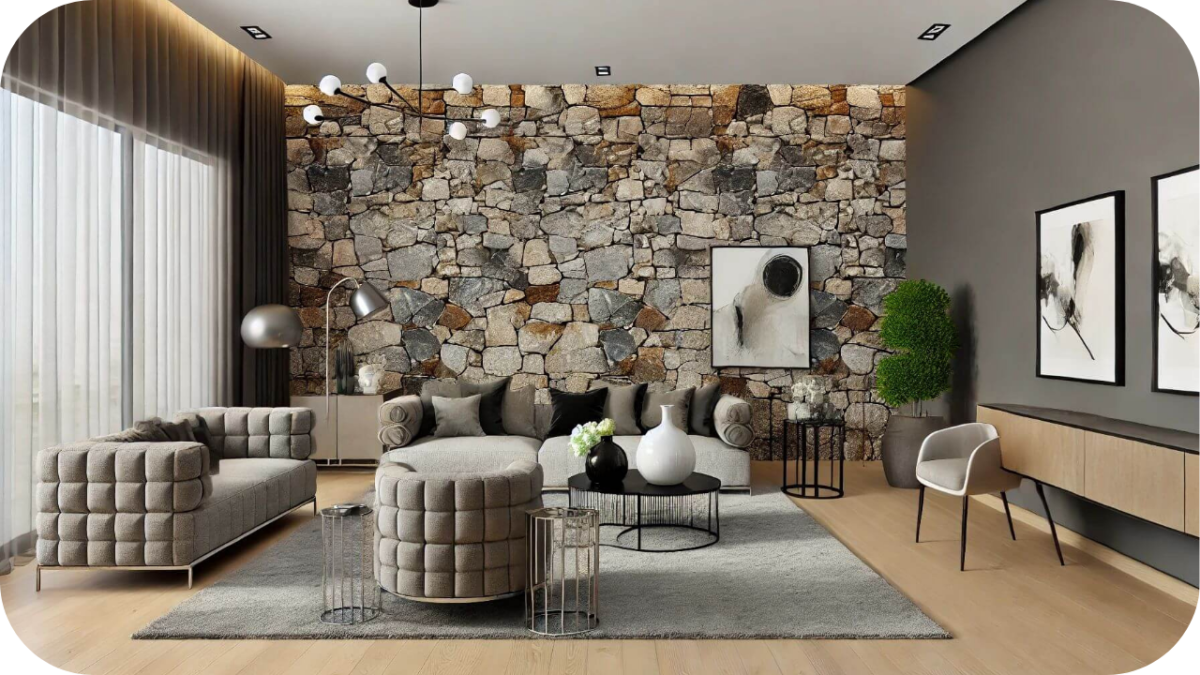Why Marble Wall Cladding Is Perfect for Luxury Interiors
Few materials capture the essence of luxury quite like marble. For centuries, it has brought elegance and refinement to the world’s most prestigious interiors.
In modern design, marble is making a bold comeback, not just on benchtops and floors but also as a striking wall feature. Marble wall cladding brings natural artistry, texture, and timeless appeal to living spaces.
In this article, you’ll learn why marble wall cladding is a perfect choice for luxury interiors, from its visual impact to its durability, ease of maintenance, and value-adding potential.
What Is Marble Wall Cladding?
Marble wall cladding is the application of marble slabs, tiles, or panels to interior walls to enhance both aesthetics and structure.
It offers a refined, natural finish that brings texture and elegance to any space. Unlike paint or wallpaper, marble creates a lasting impression with its unique veining and organic charm.
Cladding is available in different formats such as large slabs for seamless surfaces, standard tiles for uniform patterns, and decorative panels for added depth. Popular finishes include honed for a soft matte look, polished for high shine, and brushed for subtle texture and character.
Key Benefits of Marble Wall Cladding for Interiors

There’s a reason marble has never gone out of style. If you’re considering wall cladding for a luxurious interior, here’s what makes marble the ideal material.
1. Luxury Aesthetic Appeal
Marble offers unmatched elegance through natural veining, depth, and tonal variation. It transforms plain walls into statement features, creating an atmosphere of timeless sophistication in both classic and contemporary interiors.
2. Durability and Longevity
Marble is naturally resistant to heat, moisture, and everyday wear. When installed and maintained properly, it retains its beauty for decades, making it a practical and long-lasting investment for interior spaces.
3. Adds Property Value
Marble enhances a property’s market appeal with its high-end finish. It signals luxury and quality, attracting discerning buyers and increasing resale potential for homes or apartments styled with natural stone finishes.
4. Low Maintenance Requirements
Marble wall cladding is surprisingly easy to maintain. With regular dusting and gentle cleaning, it stays pristine. Its sealed surface resists moisture and staining, making it ideal for kitchens, bathrooms, and living zones.
5. Natural Light Reflection
Polished marble surfaces reflect light beautifully, brightening rooms and enhancing a sense of space. It’s especially effective in smaller or dimly lit interiors, creating a clean, airy, and open feel.
6. Design Versatility
With a wide range of colours, patterns, and finishes, marble suits many interior styles. Whether you prefer minimalism or ornate luxury, marble cladding can be tailored to match your design vision perfectly.
7. Thermal and Acoustic Benefits
Marble provides added insulation against heat and sound. Its natural density helps regulate indoor temperatures while reducing noise transmission, making it both a visual and functional upgrade to interior environments.
Popular Indoor Spaces for Marble Cladding

Marble wall cladding adds timeless sophistication across a variety of rooms. Here’s where it makes the most stunning and practical impact indoors:
- Living Room Feature Walls: Turn your main living space into a showpiece with marble feature walls that highlight fireplaces, entertainment units, or architectural recesses with natural veining and texture.
- Bathroom Backsplashes and Surrounds: Enhance vanities, shower enclosures, and bathtub surrounds with marble surfaces that offer both moisture resistance and a calming, luxurious spa-like atmosphere.
- Kitchen Splashbacks: Elevate the kitchen with a marble splashback that pairs beautifully with timber cabinetry or stone benchtops, adding both elegance and heat-resistant practicality.
- Hallways and Staircases: Bring light and depth into transitional spaces using marble cladding along stairwells or corridor walls to create visual continuity and architectural refinement.
- Master Bedrooms: Introduce luxury to your bedroom with a marble-clad feature wall behind the bed, offering hotel-style sophistication and a calming focal point.
- Home Offices or Libraries: Add a sense of permanence and prestige to your workspace or study with marble accents that convey elegance, focus, and understated professionalism.
How to Choose the Right Marble for Your Space

Choosing the ideal marble involves more than just picking a pretty slab. Here are the key design and functional factors you should actively consider before selecting your stone.
1. Match the Colour Scheme to Your Interior Style
Select a marble colour that complements your room’s overall palette. Lighter tones expand small spaces and suit minimalist looks, while bold veining or darker shades enhance classic, dramatic, or contrast-driven interiors effortlessly.
2. Consider How Natural Light Interacts with the Stone
Assess the amount and direction of natural light in the space. Highly polished marble reflects light beautifully, while matte or honed finishes are ideal for areas that already receive plenty of sunlight.
3. Select the Right Finish for the Mood You Want
Decide between polished, honed, or brushed finishes based on your desired atmosphere. Polished looks sleek and formal, honed feels soft and natural, and brushed brings warmth to rustic or textural design schemes.
4. Coordinate with Flooring and Furnishings
Ensure the marble doesn’t clash with existing flooring or furniture. Look for tones and textures that either contrast tastefully or harmonise smoothly, depending on whether you’re going for cohesion or bold visual balance.
5. Choose Sizes and Layouts That Fit the Space
Scale matters. Use large-format slabs for open-plan or spacious areas, and opt for marble tiles or panels in smaller rooms to maintain proportion, flow, and visual comfort throughout the space.
Design Trends: How Designers Are Using Marble in 2025

Marble wall cladding is evolving beyond traditional use. Here are the standout design trends shaping luxury interiors this year.
1. Backlit Marble Feature Walls
Installing backlit marble panels is a trend that blends function and art. Light reveals the intricate veining and depth of the stone, creating a glowing centrepiece in living rooms, foyers, or feature nooks.
2. Mixing Marble with Natural Materials
Pairing marble with timber, brass, or linen softens its formality. This mix brings warmth and texture into spaces, perfect for balanced interiors that combine elegance with a grounded, welcoming aesthetic.
3. Custom Patterns and Bookmatched Designs
Using bookmatching and geometric patterns adds a designer touch. These techniques showcase the stone’s veining in mirrored layouts or bespoke motifs that elevate feature walls and statement areas with intentional artistry.
4. Floor-to-Ceiling Marble Applications
Cladding full-height walls in marble creates an uninterrupted visual impact. This approach is favoured in bathrooms, hotel-style bedrooms, and upscale lounges where grandeur, drama, and timeless appeal are part of the brief.
5. Curved and Sculptural Wall Forms
Incorporating marble into curved or sculptural wall surfaces is gaining momentum. This trend introduces movement and softness, giving architectural walls a fluid, organic quality while showcasing marble’s craftsmanship and tactile beauty.
Maintenance and Care of Marble Wall Cladding

Marble may be timeless, but its beauty depends on how well it’s maintained. Follow these care tips to keep your walls looking polished and pristine for years.
- Clean regularly using a pH-neutral cleaner: Stick to pH-neutral products that gently lift dirt without damaging the surface. Avoid harsh chemicals that strip the finish or dull the marble’s natural shine.
- Seal the marble periodically: Sealing provides a protective barrier against water, oils, and stains. Depending on use and finish, reseal every 6 to 12 months to maintain long-term integrity.
- Wipe spills immediately: Marble is porous and absorbs quickly. Clean up liquids like wine, oil, or juice right away to prevent dark spots or permanent stains from setting in.
- Dust and polish gently: Use soft, lint-free cloths to dust surfaces weekly. For added shine, apply marble-safe polish occasionally, following the grain and avoiding excess pressure or rubbing.
- Use mats or padding near heavy furniture: Protect marble near the floor or in high-contact areas by using felt pads or runners that prevent chips, scratches, or accidental impact.
- Inspect regularly for cracks or etching: Examine walls for fine cracks, dull spots, or etch marks. Early detection makes repairs simpler and helps preserve the stone’s long-term elegance and value.
Conclusion
Marble wall cladding brings an unmatched combination of luxury, durability, and timeless beauty to interiors. Whether you are creating a dramatic feature or refining a subtle space, marble delivers lasting sophistication.
For premium marble cladding tailored to your vision, trust Splendour in Stone. Speak to our experts today and find the perfect marble solution to transform your interiors into a masterpiece of enduring style.

